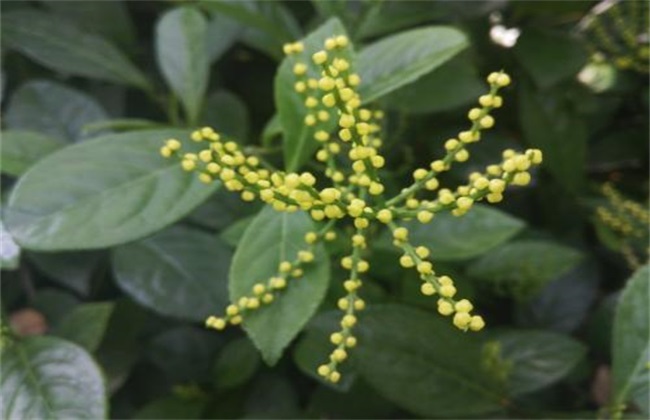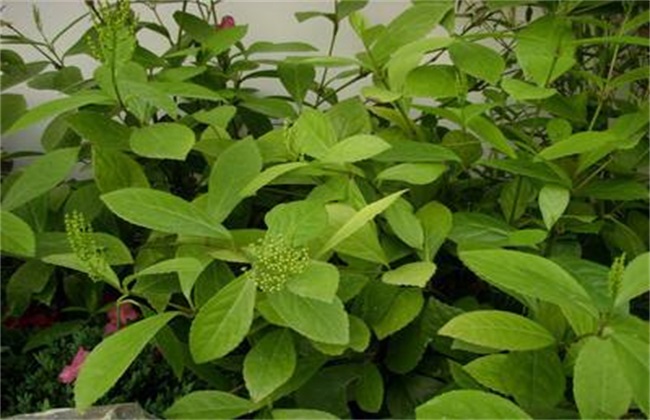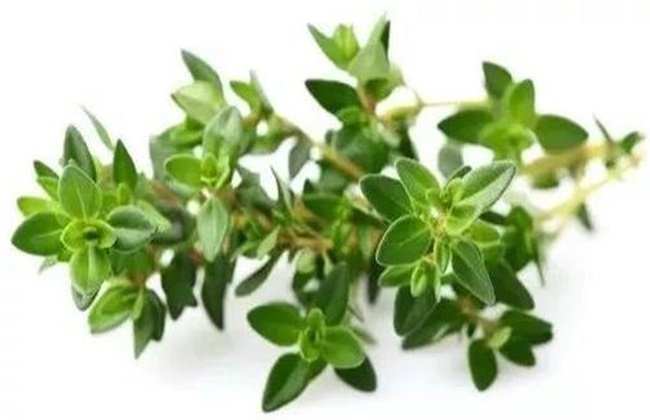Culture methods of Cymbidium chinense
Chloranthus is a perennial herb of the Chloranthus family. It has a very wide distribution in all parts of our country, has a high ornamental value, and is welcomed by many people. Moreover, flowers and rhizomes can also extract aromatic oil, and the whole plant has medicinal value. So how does the golden lily grow? Today, Xiaobian brought you the cultivation method of golden chestnut. Let's take a look at it together!

1. Soil selection
Before cultivating Chloranthus, we must first select a suitable soil environment for cultivating Chloranthus. Chloranthus prefer to grow in a warm and humid environment, although the soil requirements are not very strict, but in the normal drainage of humus acid soil growth better. Therefore, if you want to increase the value of chloranthus, then pay attention to the selection of soil. If it is potted, then we can use moldy soil, peat and so on to prepare it into a culture soil planting, the effect is very good.
2. Fertilizer and water management
Chloranthus like to grow in a humid environment, so we should pay attention to watering when planting Chloranthus. Maintain a moist environment to ensure the normal growth of chloranthus. However, when watering, we should pay attention not to overwater, to avoid water accumulation in the soil, resulting in more rotten roots, but also affect the growth of chloranthus. Then we have to do a good job of fertilization, generally half a month or so fertilization, fertilizer mainly liquid fertilizer, to ensure that the growth of chloranthus required nutrients, promote the flowering of plants.
3. Light control
Light is also very important for the growth of chloranthus. As mentioned earlier, chloranthus prefers to grow in a humid environment. Therefore, the requirement of light for chloranthus is not very large. When we cultivate Chloranthus, we must pay attention to shading to avoid direct sunlight on the leaves, which may cause burns to the leaves. Especially in summer, never put it in the open air. Otherwise, it is very likely that sunburn will occur in the chloranthus and affect the growth of chloranthus.
4. Temperature control
Temperature is also an aspect that we need to pay more attention to when cultivating chloranthus. Chloranthus likes to grow in warm environments, and its cold tolerance is relatively poor. Therefore, we should also pay attention to controlling the temperature, especially in winter, the temperature is best kept above 10 degrees, to avoid the temperature is too low to cause the cold injury of chloranthus. However, in the same way, the temperature should not be too high in summer, and the temperature should be kept below 30 degrees to prevent the water evaporation of the leaves caused by the high temperature.
The above is a simple introduction to the cultivation method of chloranthus. Today's introduction is here, this article is for reference only, I hope to help everyone oh!
Related
- Fuxing push coffee new agricultural production and marketing class: lack of small-scale processing plants
- Jujube rice field leisure farm deep ploughing Yilan for five years to create a space for organic food and play
- Nongyu Farm-A trial of organic papaya for brave women with advanced technology
- Four points for attention in the prevention and control of diseases and insect pests of edible fungi
- How to add nutrient solution to Edible Fungi
- Is there any good way to control edible fungus mites?
- Open Inoculation Technology of Edible Fungi
- Is there any clever way to use fertilizer for edible fungus in winter?
- What agents are used to kill the pathogens of edible fungi in the mushroom shed?
- Rapid drying of Edible Fungi



